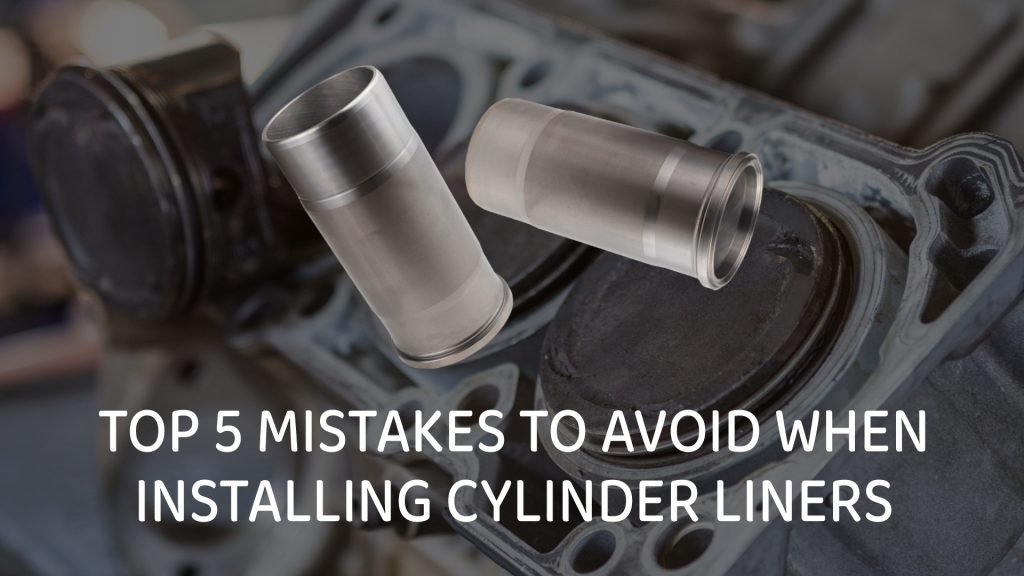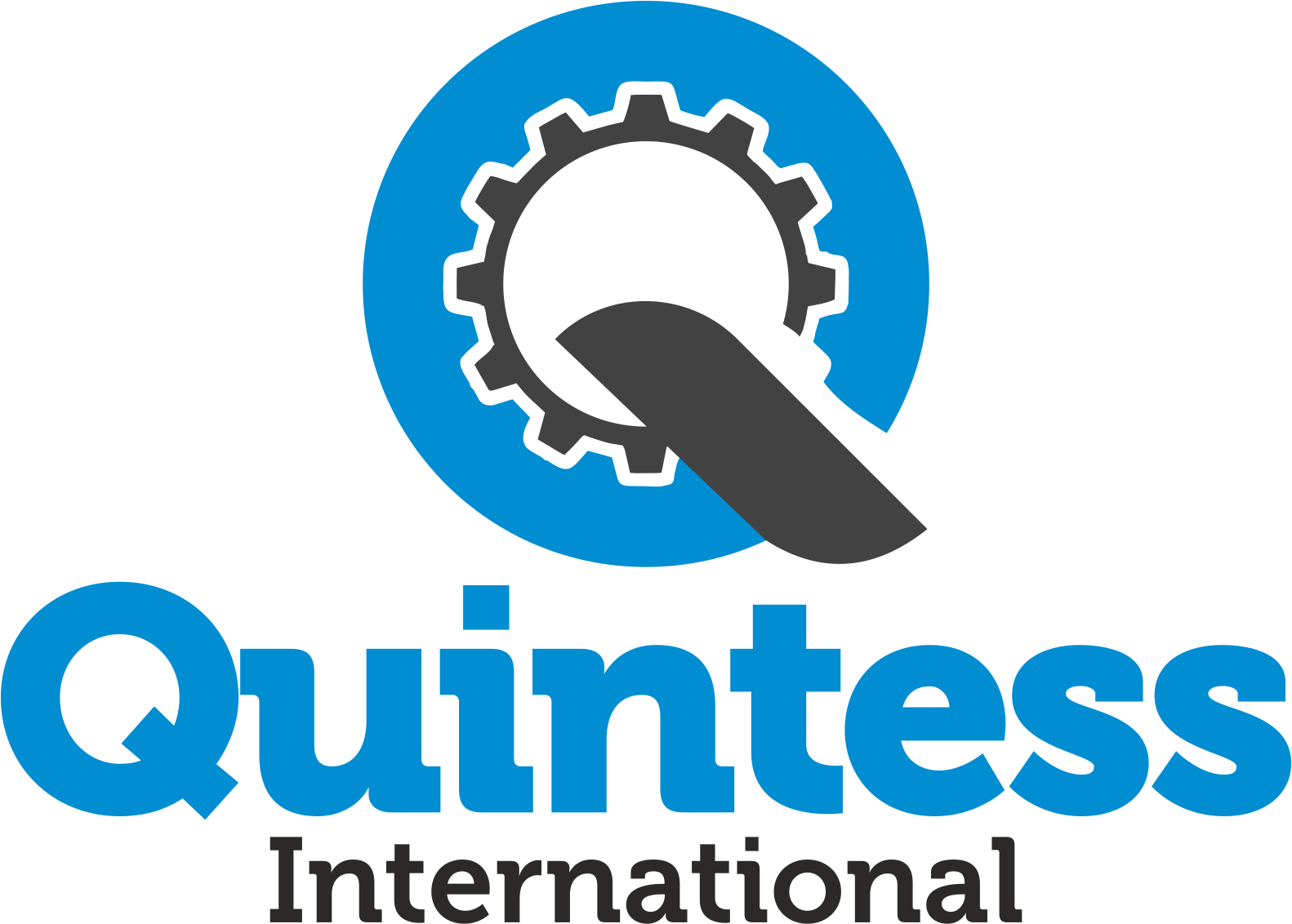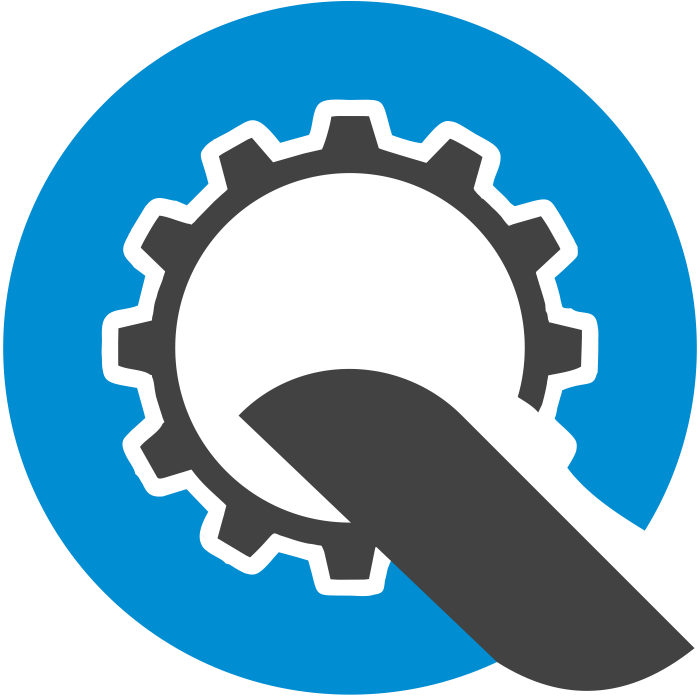
Cylinder liners play a crucial role in engine performance and longevity. However, improper installation can lead to severe engine damage, costly repairs, and reduced efficiency. To ensure smooth operation and avoid failures, here are the top five mistakes to avoid when installing cylinder liners.
1. Incorrect Liner Fitment
One of the most common mistakes is installing a liner that does not fit properly. This seemingly simple oversight can have significant consequences for the overall performance of the engine. If the liner is too loose, it may cause leaks or movement, leading to premature wear and tear. Such leaks can not only diminish the efficiency of the engine but also result in costly repairs down the line. Furthermore, the instability caused by a loose liner can affect the engine’s overall balance, potentially leading to further complications.
On the other hand, if the liner is too tight, it can create excessive stress on the engine block, resulting in cracks or deformation. This excessive pressure can compromise the structural integrity of the engine, leading to catastrophic failures that could sideliner your vehicle for an extended period. Additionally, a tight liner can impact the engine’s thermal management, causing overheating and further exacerbating the risk of damage.
2. Improper Cleaning of Liner and Engine Block
Before installing a new cylinder liner, the engine block and liner surface must be thoroughly cleaned. This step is crucial as any dirt, debris, or residue from old gaskets can cause improper seating, leading to uneven wear or leaks. To ensure a smooth installation process, it is important to take the time to inspect both surfaces carefully. After all visible contaminants are removed, use appropriate cleaning solvents and lint-free cloths to eliminate any remaining particles that may have been missed. By meticulously preparing these surfaces, you create a secure fit that enhances the performance and longevity of the engine, ultimately preventing costly repairs in the future.
3. Skipping Lubrication During Installation
Proper lubrication is essential to prevent friction and ensure a smooth installation process. This critical step not only facilitates easier assembly but also protects the integrity of the components involved. Failing to lubricate the liner and corresponding components can lead to overheating, increased wear, and potential seizing of parts, which can result in costly repairs and downtime. Moreover, the consequences of inadequate lubrication can extend beyond immediate mechanical failures, potentially compromising the overall efficiency and reliability of the system.
Therefore, it is imperative to use manufacturer-recommended lubricants to enhance performance and longevity. By adhering to these guidelines, you can optimize the functionality of your equipment, ensuring it operates at peak performance for years to come.
4. Neglecting to Check for Proper Protrusion and Clearance
“Incorrect protrusion or clearance can result in performance issues or even catastrophic engine failure. This is because even slight deviations can lead to improper sealing, which may allow oil and coolant to mix or escape, ultimately compromising engine integrity. To prevent these serious consequences, the liner should sit at the recommended height above the engine block to ensure proper sealing with the head gasket. Achieving the correct height is crucial, as it not only affects the engine’s compression but also influences overall efficiency and longevity.
Therefore, always use precision measuring tools to check alignment and make necessary adjustments before final assembly. By taking the time to carefully measure and align components, you can significantly reduce the risk of future malfunctions and ensure optimal performance from the engine.
5. Not Following Manufacturer Torque Specifications
Over-tightening or under-tightening the liner-related bolts and components can lead to uneven pressure distribution, resulting in warping or gasket failure. This is a critical issue because even minor discrepancies in torque can compromise the integrity of the entire assembly. Consequently, it is vital to ensure that all components are fastened according to the manufacturer’s guidelines.
Always follow the torque specifications provided by the manufacturer to ensure even pressure and proper sealing. Adhering to these specifications not only helps prevent mechanical failures but also extends the lifespan of the components involved.
Conclusion
Proper installation of cylinder liners is crucial to engine efficiency and durability. By avoiding these common mistakes—incorrect fitment, improper cleaning, lack of lubrication, incorrect clearance, and not following torque specs—you can ensure optimal performance and longevity of your engine components. Always follow manufacturer guidelines and use precision tools to achieve the best results.
For high-quality cylinder liners and expert guidance, trust Quintess International—your reliable partner in automotive engine components. Contact us today for more information!


